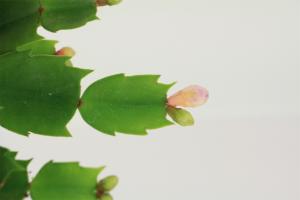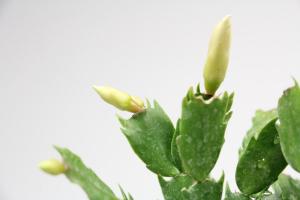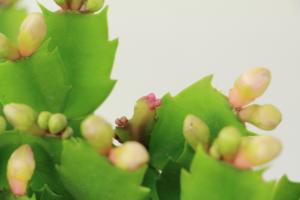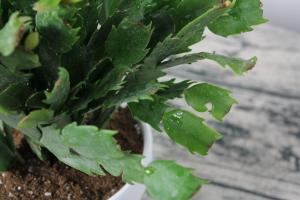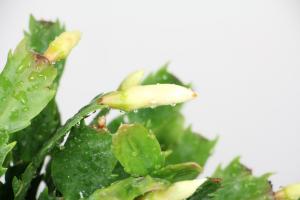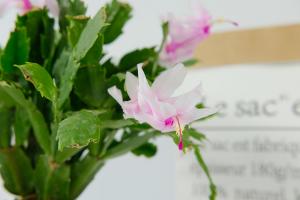1、 Breeding method:
1. Soil
It is best to use breathable and soft soil for breeding crab claw orchid. The prepared soil can be exposed to the sun to achieve the effect of sterilization
2. Watering
The watering time of crab claw orchid should be changed according to the changes of seasons. Generally, it is OK to water it once every 4-5 days in winter. Because the temperature is relatively high in summer and the soil is easy to become dry, the watering time should be shortened to once every 1-2 days
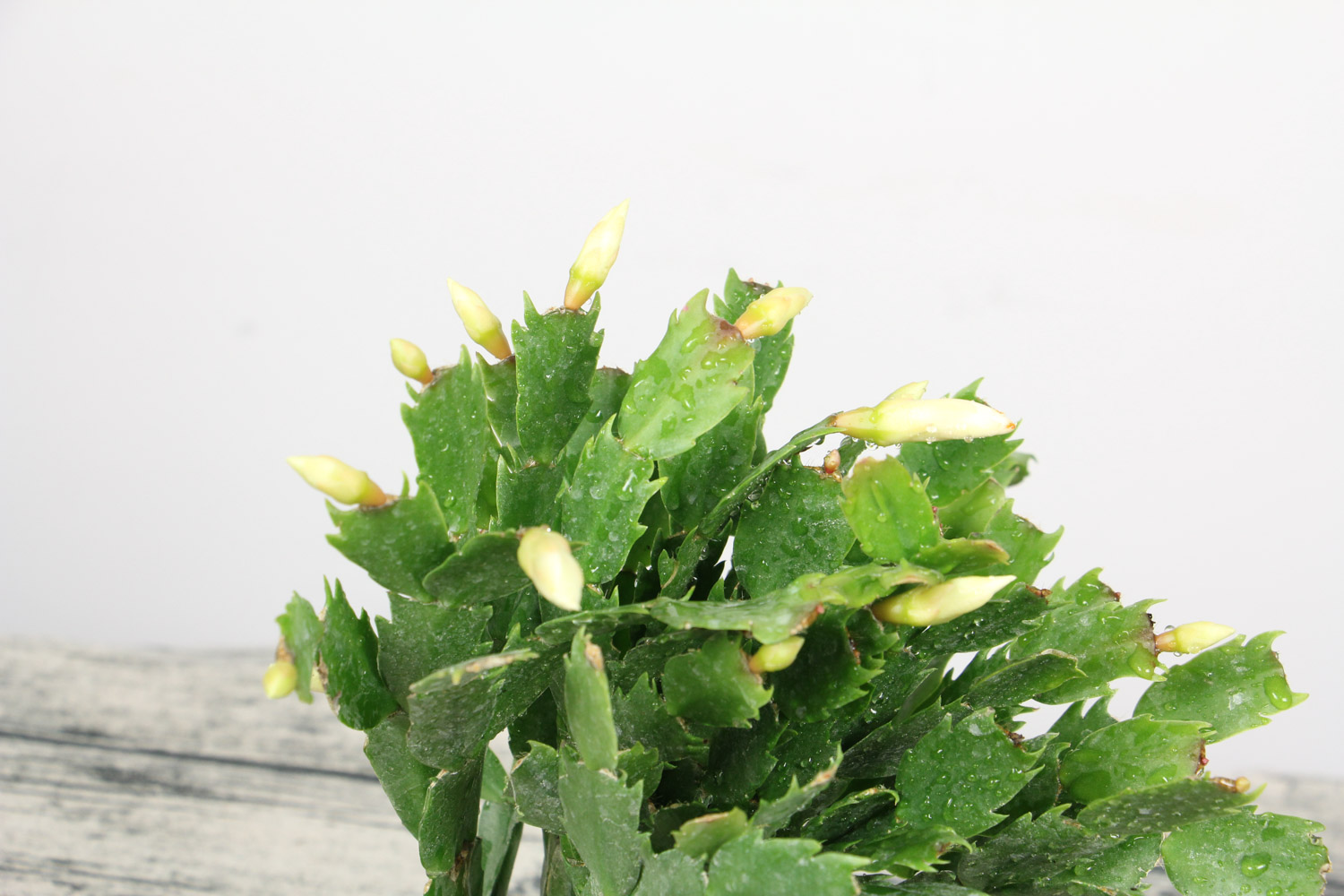
3. Fertilization
Do not water before fertilizing the crab claw orchid. The effect of fertilization is the best when the soil is dry, and fertilization is generally concentrated between September and October and April and June
4. Illumination
Crab claw orchid is a plant with short sunshine. Short illumination time can greatly promote its growth, but long illumination time will hinder its growth
5. Temperature
The optimum temperature is between 15 ℃ and 25 ℃. When the temperature is high in summer, it should be cooled appropriately, while in winter, the indoor temperature should be maintained at 15 ℃ as far as possible, and the minimum temperature should not be lower than 5 ℃
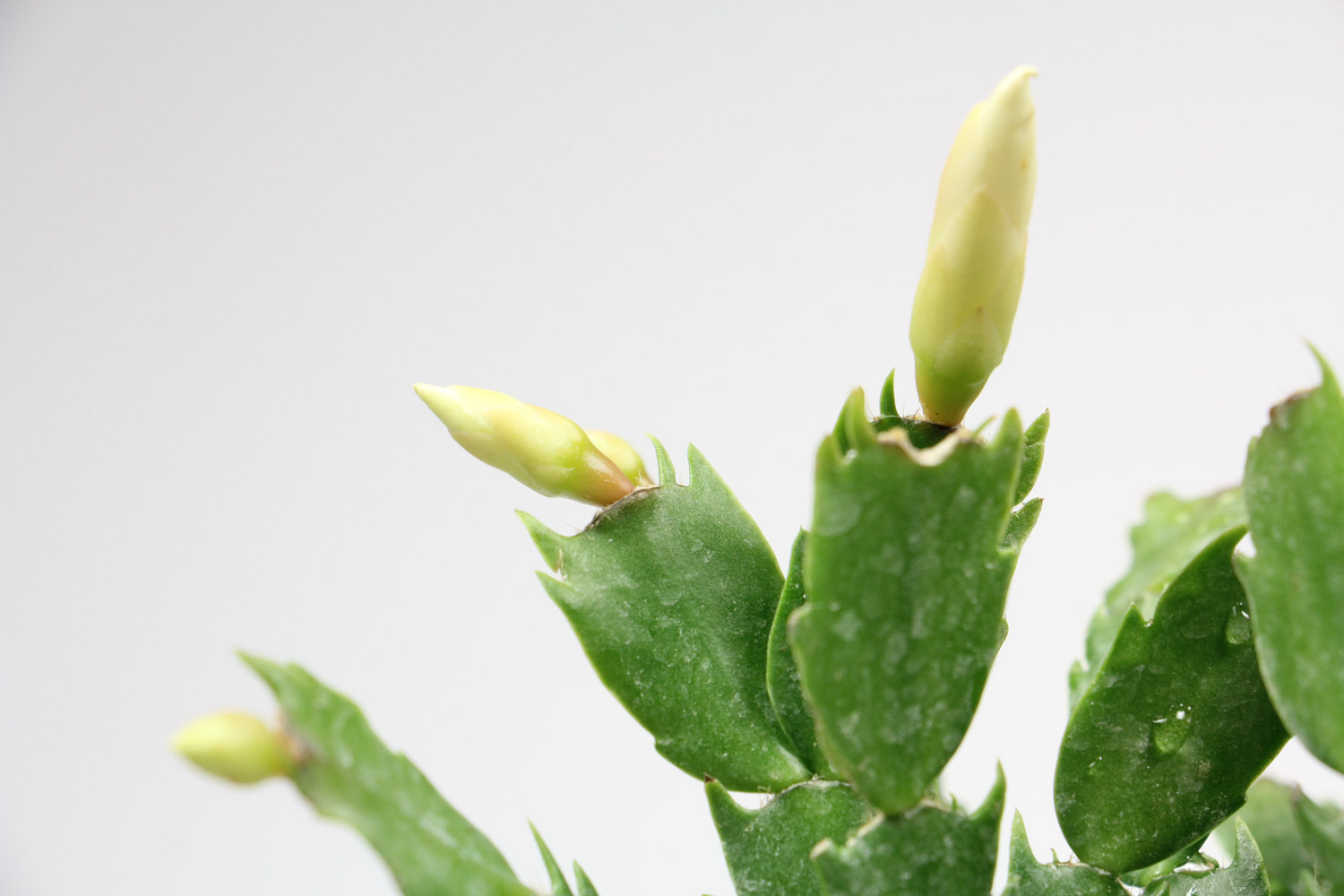
2、 Pest control:
If the air is dry and the ventilation is not good, the crab claw orchid is easy to breed red spiders and scale insects. Therefore, when raising it, pay attention to give it better ventilation conditions, and spray water in time to increase air humidity. When pests are found, they should be handled in time
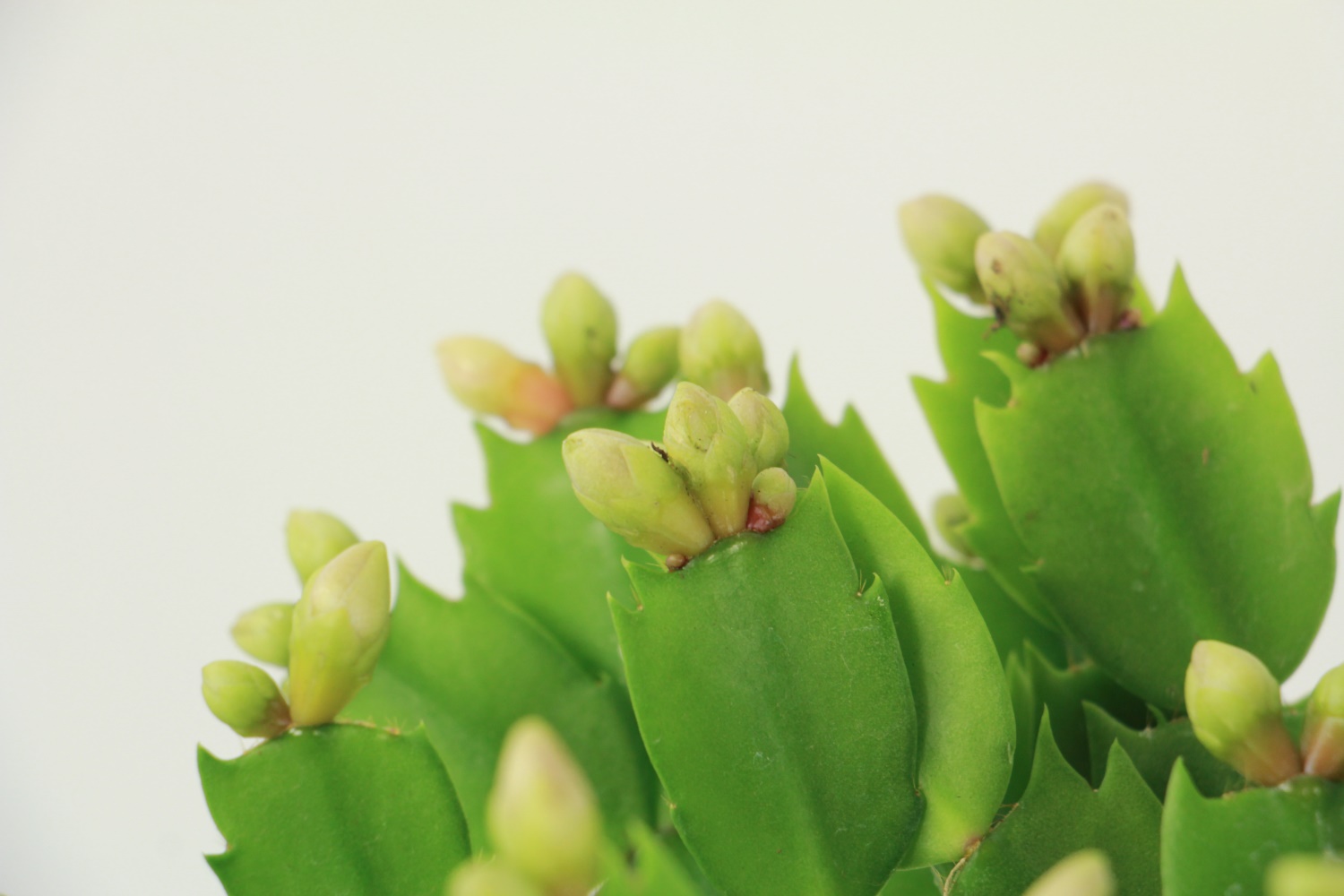

 jackfruit
jackfruit snake plant
snake plant hibiscus
hibiscus hydrangea
hydrangea lavender
lavender Green roses climb al...
Green roses climb al... If you don't pay att...
If you don't pay att... Management of four g...
Management of four g...

